Having a hornet infestation is very annoying and is not something you want to have happen to you. However, there are things that you can do to prevent the hornets from coming in and causing you harm.
Preventing a hornet infestation
Keeping hornets out of your home is a challenge, but you can prevent a hornet infestation by taking a few steps. The first step is to identify the type of hornet you have. If you do not know, you can find out by calling a professional pest control company.
There are two types of hornets in the United States. The European hornet and the bald faced hornet. Both are large, brown, and aggressive insects. They build nests and sting if threatened.
European hornets live in colonies of 200 to 400 individuals. Their stings are painful. They attack honey bees, grasshoppers, and other insects. These insects are considered to be good predators, and can reduce the number of stinging insects in your home.
The bald faced hornet is smaller than the European hornet and has a black and white pattern on its face. It is found in trees and bushes.
These wasps are not as aggressive as yellow jackets, but they can still sting. They can be exterminated using insecticidal dust or wasp and hornet sprays.
Treating the nest
Getting rid of a hornet nest can be intimidating. These insects are very aggressive and sting when threatened. They are also known for building nests in odd locations. You may need to hire a professional pest control service to help get rid of a hornet nest.
The first step in hornet control is to identify the pest. Hornets and wasps are different and can be difficult to distinguish. Western specialists usually classify the type before removing a nest. If you don’t know what you’re dealing with, contact your local vector control district to identify what type of wasp you are dealing with.
If you don’t want to call a professional to help with your hornet control, there are some DIY ways to get rid of a hornet’s nest. You will need to be careful to remove the nest in the right manner and to protect yourself and others.
There are two ways to remove a hornet nest. First, you can use a liquid product to treat the nest. These products penetrate the nest and kill the adult wasps. The other option is to use a dust product. These products also penetrate the nest but will take a little longer to eliminate the wasps.
Identifying a stinging insect
Identifying a stinging insect is the first step to a successful hornet extermination. There are many types of stinging insects that can be a nuisance. While some are harmful to humans, others are beneficial.
One of the most common stinging insects is the paper wasp. Paper wasps are about 5/8″ to 3/4″ long and have a thin waist and black or blue wings. They build their nests in trees or on the eaves of buildings. Their nests are made from plant material and can be gray or brown in color.
Another common stinging insect is the bumble bee. They are very common around flowering plants. Bumble bees have a long, girthy torso, thick hind legs, and a lot of fuzz. They make little honey and pollinate flowers.
Other common stinging insects include the yellow jacket, mud dauber, and the European hornet. These stinging insects build their nests in trees or in areas where they like to eat other insects.
Symptoms of a hornet infestation
Symptoms of a hornet infestation can range from a mild allergic reaction to a serious infection. If you experience severe symptoms, seek medical assistance immediately. You may need IV fluids, steroids, or intubation.
A hornet is an aggressive species of wasp. They have two pairs of wings, a 12- to 13-segmented antennae, and a stinger at the end of their body.
Hornets are a part of the hymenopteran order, which also includes ants and bees. Their nests are typically built in trees and eaves. They use flowers and sap as a food source. They defend their nests from intruders.
Hornets can be found throughout the world. They are often drawn to urban areas. They are a pest, and they can cause damage to trees. They may also swarm and sting several times. In addition, they can cause serious infections if they are stung.
Hornets are about an inch long. They have black and yellow markings on their bodies. They can be found in both urban and rural areas. They build nests in the tree branches, eaves, and under bark.
